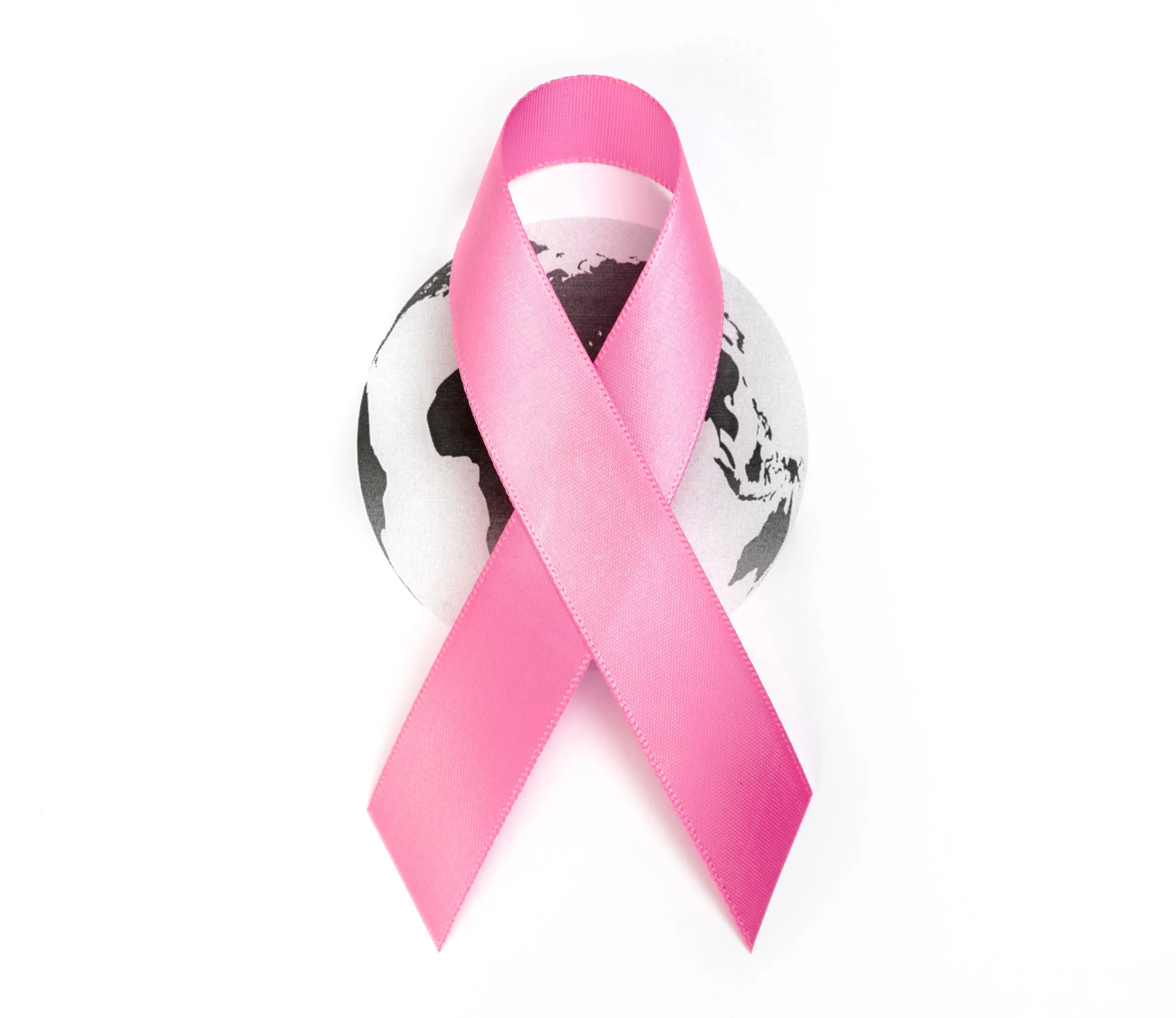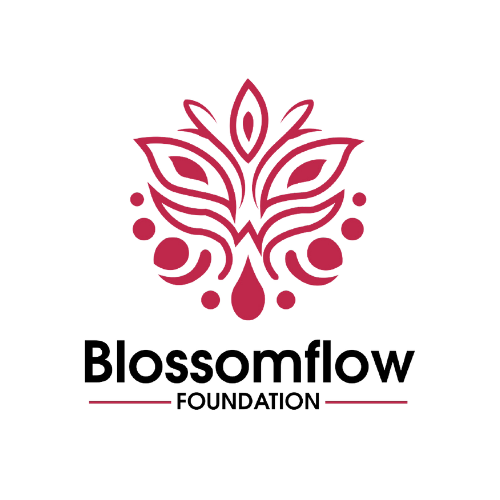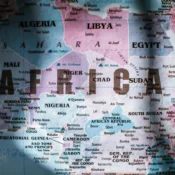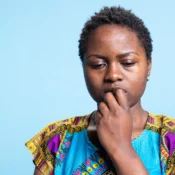
October Awareness: Blossomflow’s Call to Women Everywhere
Why October Matters
October is Breast Cancer Awareness Month and Blossomflow Empowerment Foundation is calling on women everywhere to check, care, and support. Learn why awareness saves lives and how you can join the movement.
Every October, the world turns pink not just for color, but for courage. It’s Breast Cancer Awareness Month, a time dedicated to educating, supporting, and standing in solidarity with millions of women affected by breast cancer across the globe.
At Blossomflow Empowerment Foundation, this month is more than a date on the calendar. It’s a heartfelt reminder to every woman: your health matters, your story matters, and your life matters. Blossomflow’s mission this October is simple yet powerful — to create awareness, spark conversations, and empower women and girls to take charge of their breast health.
The Reality of Breast Cancer
Breast cancer remains the most common cancer among women worldwide. According to the World Health Organization (WHO), it affects over 2.3 million women every year. Sadly, in Africa, many cases are diagnosed too late, when treatment becomes more difficult and survival rates drop sharply.
In Nigeria and across many developing countries, myths, stigma, and lack of awareness continue to stand in the way. Some women ignore early signs, while others are too afraid or uninformed to seek help.
But here’s the truth: when breast cancer is detected early, survival chances increase dramatically.
Awareness can mean the difference between life and loss.
Knowledge can turn fear into action.
That’s why Blossomflow is raising its voice, because no woman should face breast cancer alone or in silence.
Simple Facts Every Woman Should Know
Breast cancer starts when abnormal cells grow uncontrollably in breast tissue. While it can affect anyone, women over 40 are most at risk but younger women must also stay informed.
Common Signs and Symptoms:
- A lump or thickening in the breast or underarm area.
- Change in breast size, shape, or skin texture.
- Nipple discharge (especially if bloody or unusual).
- Pain, dimpling, or redness around the breast.
- Inverted nipple or changes in the nipple’s appearance.
These symptoms don’t always mean cancer, but they should never be ignored. Early medical attention can save a life.
Risk Factors Include:
- Family history of breast cancer.
- Hormonal changes and late menopause.
- High-fat diet, obesity, or alcohol consumption.
- Lack of regular exercise.
- Exposure to radiation or long-term use of certain medications.
However, even without these risk factors, any woman can develop breast cancer — which makes regular checks and awareness even more important.
Blossomflow’s Empowerment Through Education
This October, Blossomflow Empowerment Foundation is using its voice, and compassion to lead conversations that matter. The Foundation’s goal is not just to talk about breast cancer but to educate women and girls in a way that builds confidence, not fear.
Through its advocacy, Blossomflow reminds women that caring for their breasts isn’t vanity — it’s survival. Checking yourself regularly is an act of love, not fear.
As the Foundation says:
“A woman empowered with knowledge becomes a woman equipped with hope.”
Stories That Inspire Hope
Every story of survival begins with one brave decision — to check, to speak, to act.
Ada’s Story (Nigeria)
Ada, a 36-year-old mother of two, found a small lump while bathing. Instead of ignoring it, she remembered what she had learned from a community awareness session. She visited a clinic early, and after tests, doctors confirmed it was early-stage breast cancer.
Today, Ada is healthy and using her story to encourage others.
“If I had waited, I might not be here,” she says. “Awareness gave me a second chance.”
Nandi’s Story (South Africa)
Nandi’s mother died from breast cancer because it was discovered too late. Determined to change the narrative, she joined an awareness walk organized by a local women’s group. There, she learned how to perform self-exams and began sharing that knowledge with friends.
“We can’t control what we don’t understand,” she says. “Awareness is how we save ourselves.”
These stories remind us that awareness doesn’t just save one life — it saves generations.
How You Can Join the Movement
You don’t have to wear a pink ribbon to make a difference — your voice and your actions are powerful tools for change.
Here’s how you can support the Breast Cancer Awareness Movement with Blossomflow this October:
- Perform a Monthly Self-Exam:
Stand in front of a mirror, use your fingers to feel for changes, and get to know your normal. - Encourage a Friend:
Remind your sisters, mothers, and friends to get checked regularly. - Support Survivors:
Reach out to someone going through treatment with kindness, encouragement, or even a message of hope. - Share the Message:
Post awareness content, talk about it, or join community drives. - Stay Informed All Year:
Awareness doesn’t end in October. Keep learning, supporting, and checking.
Together, we can make awareness a lifestyle, not just a campaign.
Conclusion
As the world turns pink this October, Blossomflow Empowerment Foundation invites every woman, girl, and ally to be part of something bigger — a movement of education, empathy, and empowerment.
Breast cancer awareness is not just about statistics or ribbons. It’s about real women, real lives, and real hope. It’s about reminding every woman that her health deserves attention, her story deserves to be heard, and her strength deserves to be celebrated.
This month — and every month — Blossomflow calls out:
Check your breasts.
Support one another.
Spread the message.
Because when women lift each other, we don’t just raise awareness we save lives.
FAQs
1. What exactly is Breast Cancer Awareness Month?
It’s a global campaign held every October to increase awareness about breast cancer, encourage regular screening, and support those affected by the disease. It’s symbolized by the pink ribbon — a reminder of hope, unity, and early detection.
2. How often should I check my breasts?
Experts recommend performing a self-breast exam once every month, preferably a few days after your period ends when your breasts are least tender.
3. What should I look out for during a self-exam?
Look and feel for any lumps, thickened areas, pain, swelling, nipple discharge, or skin changes. If something feels different or unusual, visit a health professional immediately.
4. Can young women get breast cancer?
Yes. While it’s more common in women over 40, younger women can also develop breast cancer, especially those with a family history. Awareness and self-exams are important for everyone.
5. Is breast pain a sign of cancer?
Not always. Breast pain is usually caused by hormonal changes (especially before periods). But if the pain persists or comes with lumps or swelling, it’s best to get checked.
6. How can I support someone going through breast cancer?
Be there emotionally — listen, encourage, and offer practical help like meals or transportation. You can also join Blossomflow’s awareness drives to show solidarity and support.
7. What’s one thing I can do right now to make a difference?
Share what you’ve learned. Talk to your friends and family about checking their breasts. Awareness begins with one conversation — and that one act can save a life.
All Categories
Recent Posts
When Your Period Hits Hard: Menstrual Cramps Self-Care
True Stories of Period Poverty From Africa
Tags
Give them a helping hand
Every donation fuels our mission to combat period poverty. Your generosity brings us closer to menstrual equity.
+234-909-482-1642
inquiries@blossomflow.org




